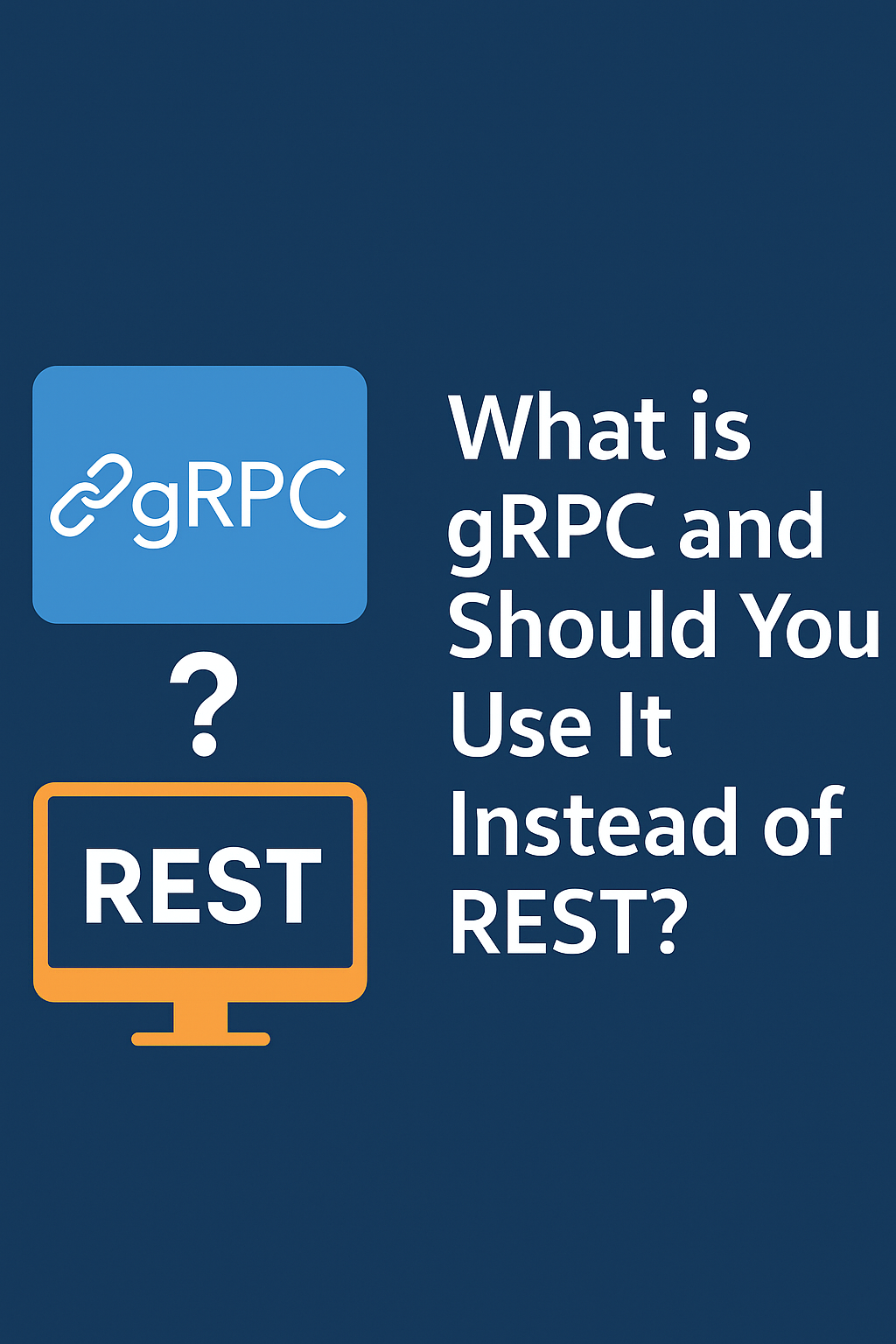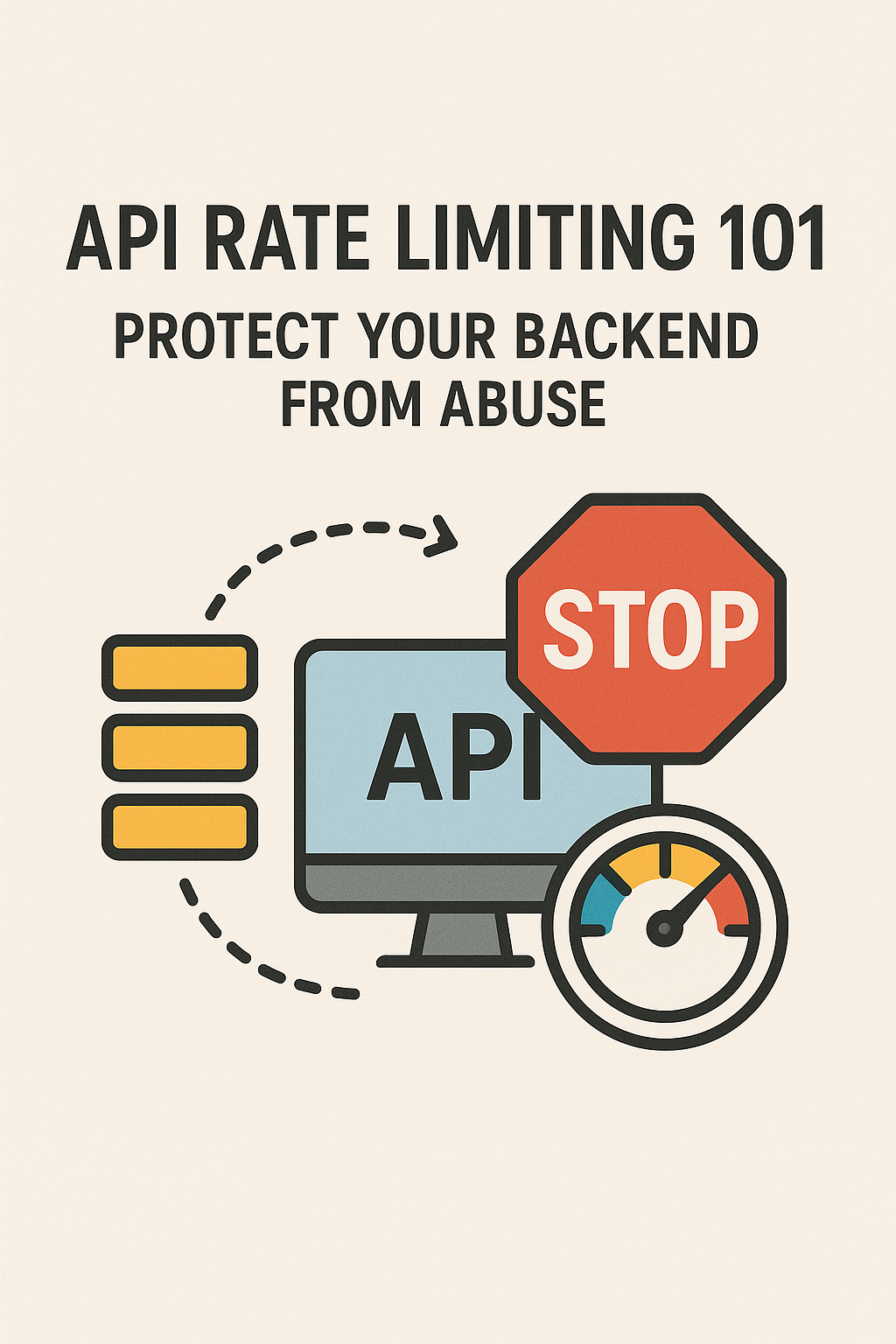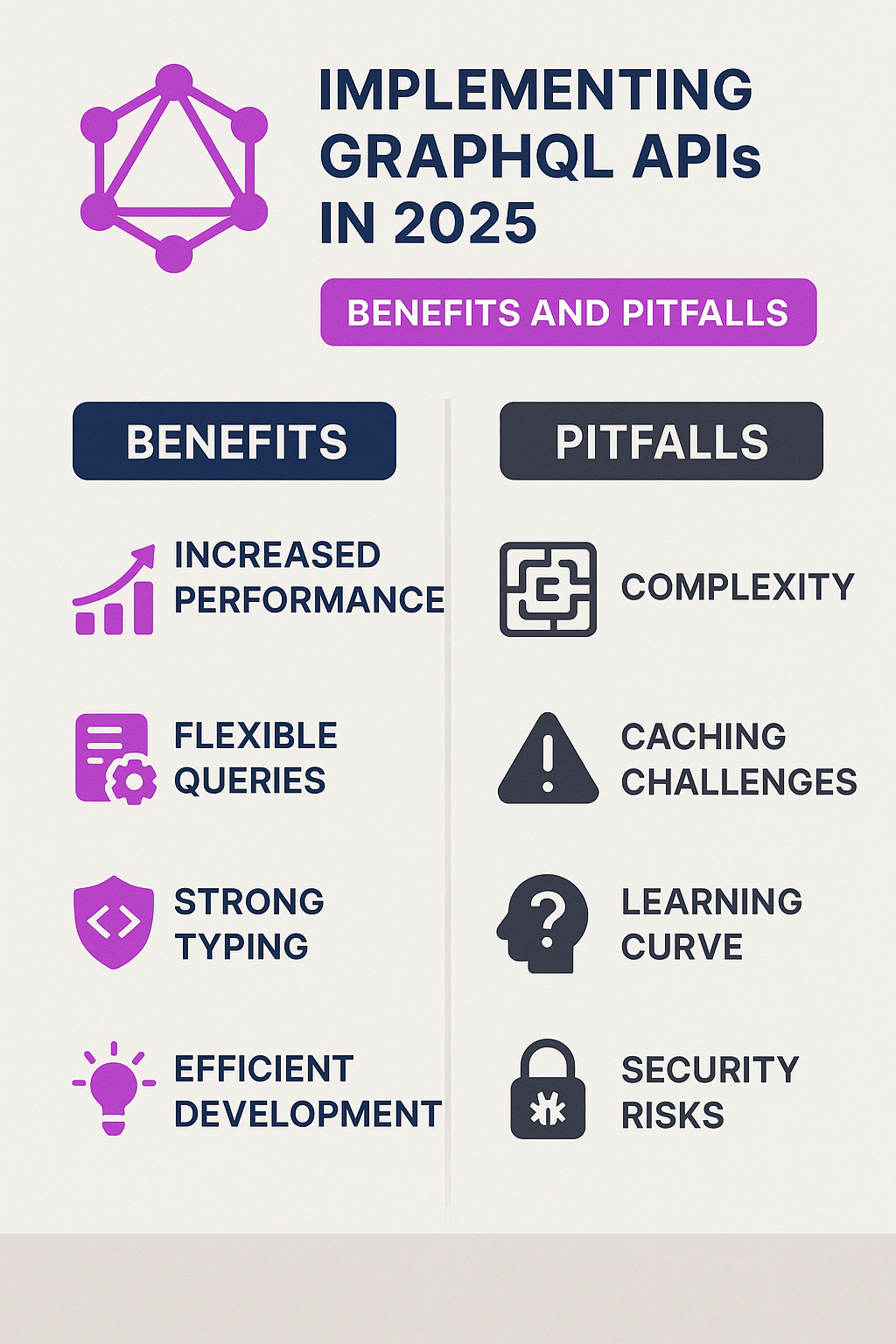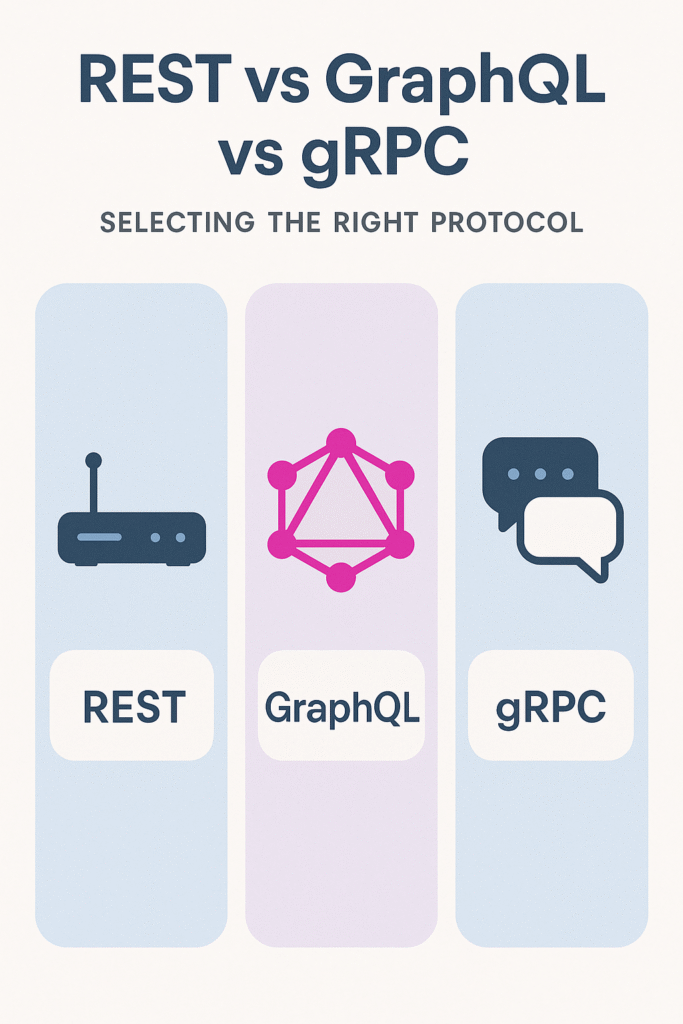
When considering API architectures, the debate often comes down to gRPC vs REST. REST has been the gold standard for APIs for over a decade—but it’s not the only game in town. In recent years, gRPC has emerged as a high-performance alternative, especially in microservices and real-time applications.
In this post, we’ll break down what gRPC is, how it works, and when you should (or shouldn’t) use it instead of REST.
⚙️ What is gRPC?
gRPC (gRPC Remote Procedure Calls) is a modern open-source framework developed by Google that enables fast and efficient communication between services.
Unlike REST (which uses HTTP + JSON), gRPC uses:
- HTTP/2 for transport
- Protocol Buffers (Protobuf) for data serialization
- Contract-first design via
.protofiles
It’s designed to be fast, type-safe, and cross-platform.
🔍 REST vs. gRPC: Key Differences
| Feature | REST (JSON) | gRPC (Protobuf) |
|---|---|---|
| Protocol | HTTP/1.1 | HTTP/2 |
| Data Format | JSON | Protobuf (binary) |
| Contract | Implicit (OpenAPI optional) | Explicit (.proto files) |
| Speed | Slower (text-based) | Faster (binary + streaming) |
| Streaming Support | Limited (via WebSockets) | Built-in bi-directional |
| Tooling | Simple, widespread | Powerful, but steeper setup |
| Browser Support | Native | Requires gRPC-Web |
⚡ How gRPC Works (At a Glance)
- Define your service in a
.protofile:
service Greeter {
rpc SayHello (HelloRequest) returns (HelloReply);
}
- Generate code for client/server in your target language.
- Implement and run your gRPC server.
- Use the generated client to make RPC calls like normal functions.
✅ Advantages of gRPC
- Performance: Protobuf is smaller and faster than JSON
- Streaming: Supports client, server, and bidirectional streams out of the box
- Code Generation: Auto-generates boilerplate code with type safety
- Strong Contracts: Reduces misunderstandings between frontend and backend teams
- HTTP/2 Multiplexing: Handles many requests over a single connection
🚫 Disadvantages of gRPC
- Browser Support: Limited without gRPC-Web or a proxy like Envoy
- Learning Curve: Protobuf and
.protofiles require tooling and syntax knowledge - Debugging: Harder than plain-text JSON over REST
- Overkill for Simple APIs: REST may be quicker to build and easier to document
🤔 When to Use gRPC Instead of REST?
Use gRPC when:
- You’re building internal microservices that communicate frequently
- You need real-time performance (e.g., video, chat, games)
- You want type-safe, contract-first APIs
- You operate in a controlled environment (like mobile apps or backend clusters)
Stick with REST when:
- You’re building public APIs
- You need broad browser support
- You want a low-barrier, easy-to-debug API for quick projects
If you’re more comfortable with REST or just getting started, here’s our guide on building a REST API in Python using FastAPI.
🔧 Tools That Help
- gRPC + Envoy Proxy – Enables browser-based clients via gRPC-Web
- grpcurl – Like
curl, but for gRPC APIs - Postman gRPC – Test gRPC calls like you would REST
- Buf – Modern tool for managing
.protofiles and linting
📦 Example Use Cases
| Use Case | gRPC Recommended? |
|---|---|
| Mobile app ↔ backend | ✅ |
| Web app ↔ backend (in browser) | ❌ (use REST or gRPC-Web) |
| Internal service ↔ service | ✅✅✅ |
| 3rd-party public API | ❌ |
| Real-time stock/streaming data | ✅ |
🧠 Final Thoughts
gRPC isn’t here to replace REST—but it offers serious advantages in the right context. If you need high-speed, strongly typed, contract-first APIs, it’s worth investing in.
For frontend-heavy, public-facing APIs, REST still reigns for its simplicity and universal support. But in 2025, a hybrid of gRPC for internal systems and REST for external consumers is often the smartest approach.
Want to dive deeper? Check out the gRPC official documentation for advanced concepts like streaming, load balancing, and security.



